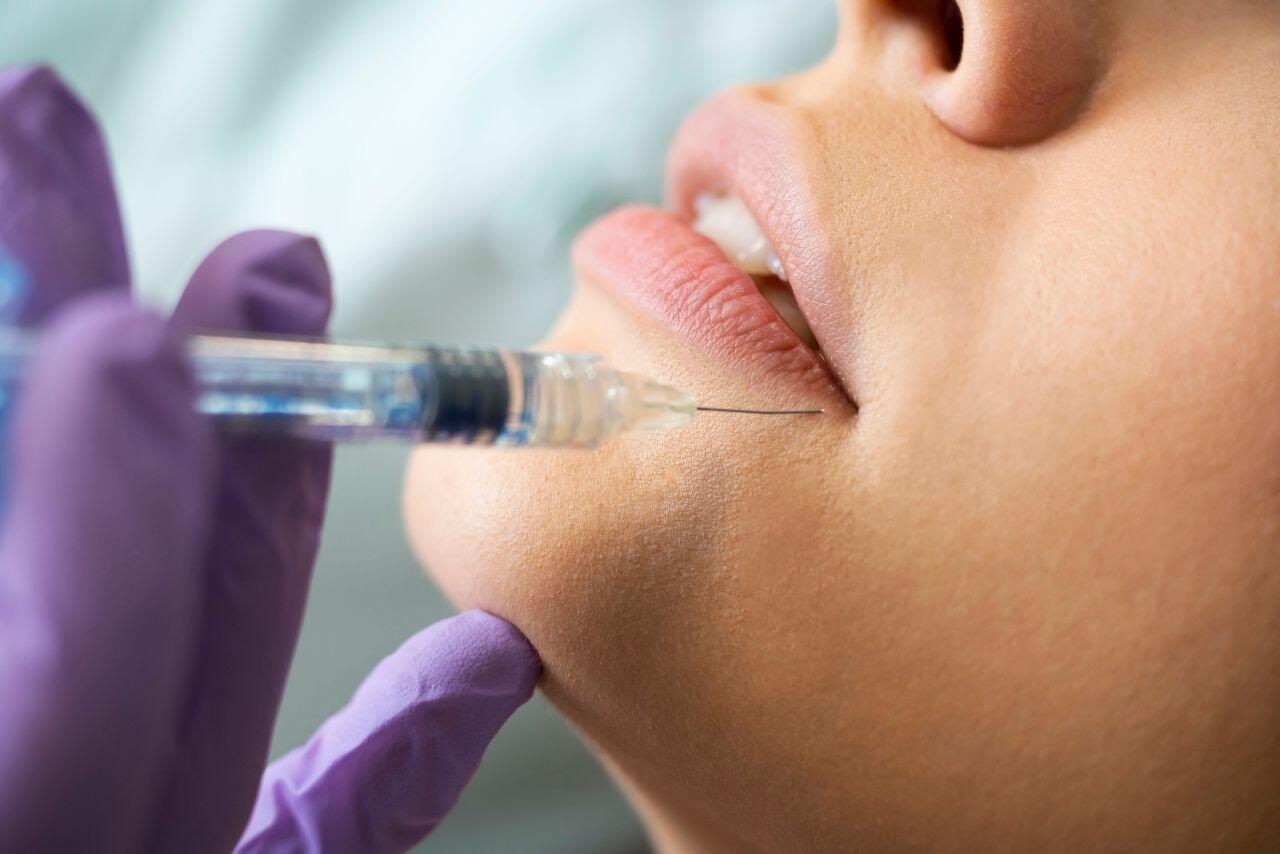
Introduction
The use of cosmetic dermal fillers, particularly hyaluronic acid (HA)-based fillers, has become the predominant standard for non-surgical treatment of aging skin. These dermal fillers have surpassed collagen as the most popular cosmetic filler. Producing minimal side effects, having a reversible nature, and lacking immunogenicity, these treatments are preferred by practitioners and patients alike.
As with all cosmetic procedures, the outcome of this treatment largely depends on the physician’s skill and knowledge, rather than simply the filler itself. The demand for safe, long-lasting, and biocompatible dermal fillers continues, as a growing number of individuals prefer these minimally invasive treatments for cosmetic procedures. (Explore the full range of our genuine Dermal Filler supplies.)
Pre-procedure care
It cannot be stressed enough that dermal filler injections must only be performed by properly trained, experienced and licensed medical professionals. Aside from having the appropriate credentials, the medical professional must have a comprehensive knowledge of the process of aging and concomitant skin conditions, the types of fillers available, and the appropriate injection techniques.
Patient Assessment
It is the responsibility of the treating physician to determine the appropriateness of any requested procedure. There are many factors to consider before the appropriate treatment plan can be devised for a patient. Some patients will have unrealistic expectations of their results, which should be clearly addressed early on.
Prior to dermal filler treatment:
- Assess the patient’s expectations / mindset
- Obtain a thorough medical history of the patient – particularly allergic reactions
- Address the desired outcome of the patient
- Assess the area with the patient in an upright position to properly evaluate skin condition
- Take pretreatment photographs for study
- Identify the injection sites using washable marker
Dermal Filler Selection
Reversible or temporary fillers are typically recommended for patients who are unfamiliar with dermal filler injections. Appropriate fillers depend on the defect to be corrected, the type of material used, and the longevity desired. HA fillers do not require allergy testing, while collagen-based fillers are of bovine origin, and as such must be pretested prior to administration.
Intra-Procedure Care
Cleansing
On the day of treatment, patients should remove any cosmetics from their face prior to treatment. Patients should sit in an upright position in a comfortable chair. The area will be prepared for filler injection following standard aseptic techniques.
Anesthetizing
The type of anesthesia required will depend on the area to be treated, as well as the patient’s pain threshold. To reduce discomfort, topical anesthesia can be applied 30 to 60 minutes prior to the procedure. Topical anesthetics include lidocaine and tetracaine. There are also a wide variety of dermal fillers pre-mixed with lidocaine.
For physicians – injection
The treating physician should be aware of the right injection techniques used for each filler, and site where they will be deposited. Unwanted effects such as overcorrection, can be remedied by injecting the enzyme hyaluronidase (for hyaluronic acid-based fillers) into the skin.
During the procedure:
- Always adhere to correct depth of injection
- Record product label / batch number sticker on consent forms
- Document the procedure by indicating the filler used, quantity, and area(s) treated
|
Common Injection Methods |
Indication |
Technique |
| Threading Method | Typically used for treating the vermillion border | Involves depositing the product as the needle is being withdrawn from the tissue |
| Serial Droplet Method | Treating glabellar lines and periorbital hollows | Commonly used for silicone injection |
| Fanning Method | Treating nasolabial folds | The preferred method for superior, natural, and longer lasting results. Needle is passed back and forth under the fold, depositing the filler as the needle is inserted and withdrawn |
Post-Procedure Care
After the procedure is complete, the treatment area should be fully cleaned, and markings removed using alcohol, hydrogen peroxide, or a similar antiseptic solution. Always ensure you follow all instructions for aftercare methods as provided by the injector.

About the Author: Doris Dickson is a specialist writer for Health Supplies Plus, focusing on the aesthetic medicine industry. She diligently researches cosmetic treatments and products to provide clear, concise information relevant to licensed medical professionals. Her work supports Health Supplies Plus’s commitment to being a reliable informational resource and trusted supplier for the aesthetic community.
Disclaimer: The content provided in this article is intended for informational purposes only and is directed towards licensed medical professionals. It is not intended to be a substitute for professional medical advice, diagnosis, or treatment, nor does it constitute an endorsement of any specific product or technique. Practitioners must rely on their own professional judgment, clinical experience, and knowledge of patient needs, and should always consult the full product prescribing information and relevant clinical guidelines before use. Health Supplies Plus does not provide medical advice.
